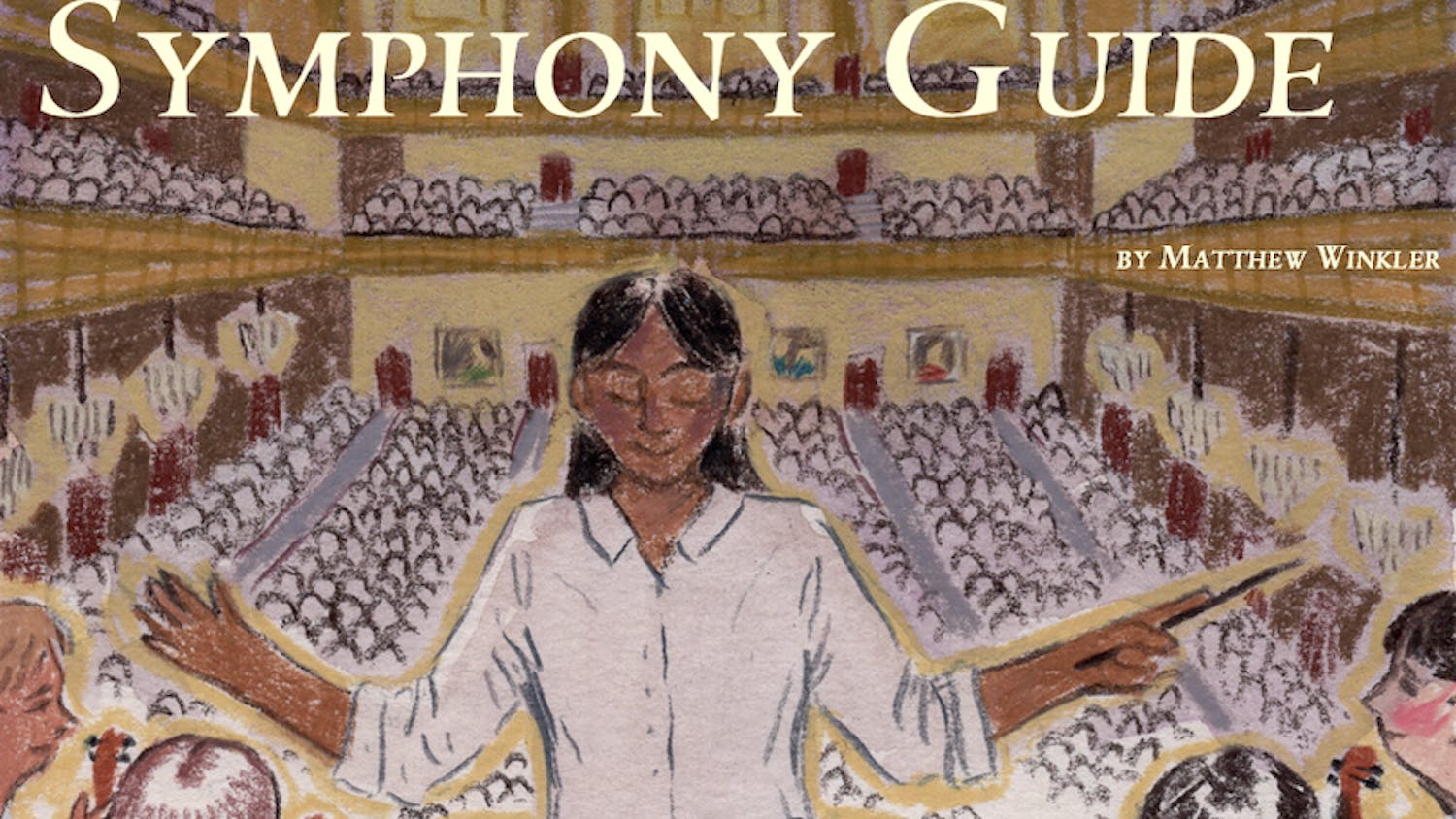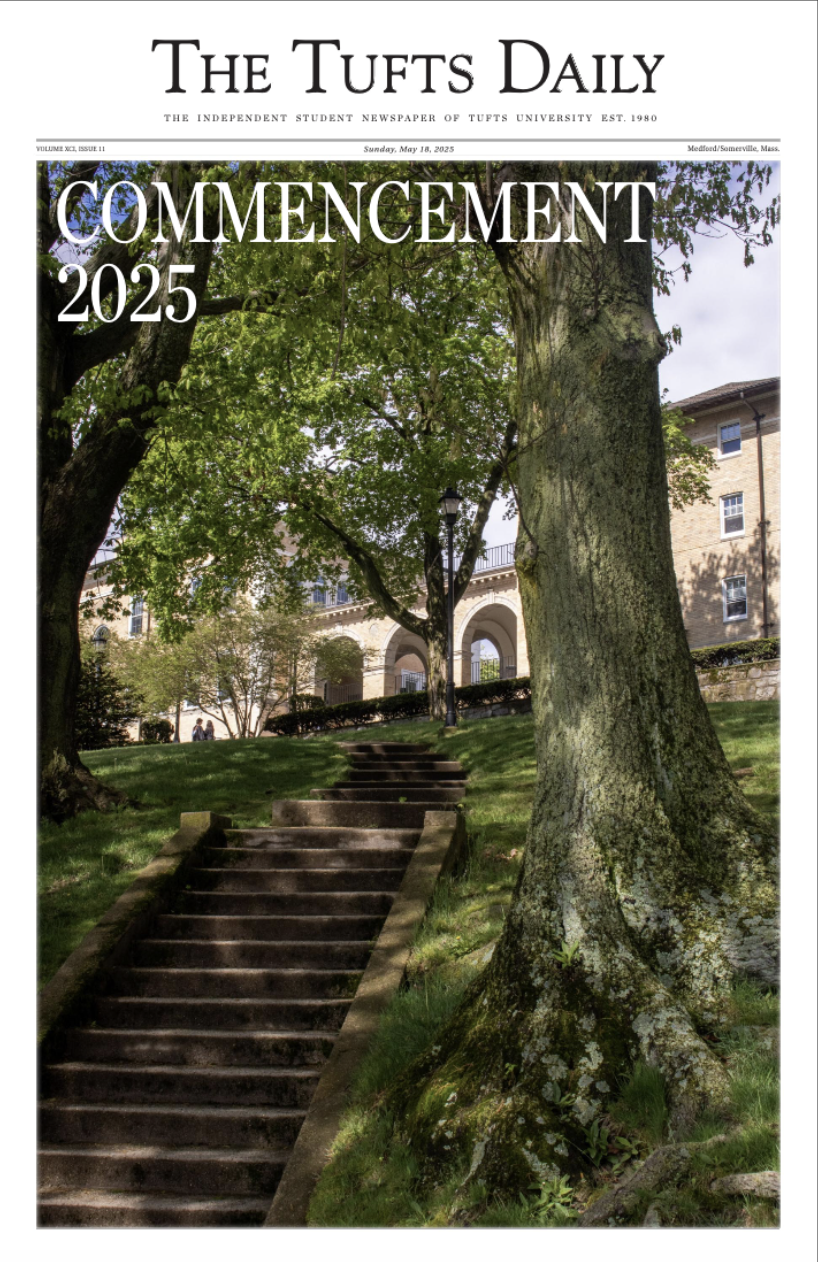The three branches of the Tufts Community Union (TCU) government launched a new, unified website over winter break that facilitates navigation between the pages of the three branches of the TCU, according to TCU Webmaster Mike Vastola, a senior who is also the technical director for the Daily.
The new website, which encompasses information and news updates from the TCU Senate, the TCU Judiciary and the Tufts Elections Commission (ECOM) replaced the outdated and often confusing separate sites that the branches previously used, according to TCU Senate President Sam Wallis.
"Maintaining three different platforms for the group didn't make sense," Wallis said. "It was a necessity that we unify the site."
The idea for a new website was introduced in a referendum approved by the student body last spring. The referendum led to a mandate in the TCU Constitution calling for implementation and proper maintenance of a new, jointly operated TCU site, according to Wallis.
Vastola was responsible for coding and designing the basic website. The website is intended to be more accessible to students seeking information about the TCU's branches.
"We made an effort to link the websites together and put them in a common theme," Vastola said. "We hope that it's easier to navigate."
Though linked by a main portal, the pages of the website specifically devoted to each of the TCU branches have their own domains for direct accessibility, according to Vastola.
The entire website shares the same background scheme, font and style and photos of the Tufts campus.
The old system of separate websites was difficult for TCU government members to maintain, according to TCU Treasurer Kate de Klerk. The websites were often outdated, she said, and most TCU members did not have the technical expertise that the system required.
"There was a lot of old information, which was sometimes conflicting," ECOM Technician Mike Borys said of the former ECOM website. "Outdated information got stuck in the archives of the website."
Members of the TCU branches are now able to upload information, edit pages and make aesthetic changes at their discretion.
Borys said he expects students will find the new site more streamlined, facilitating services like applying for Senate candidacy and viewing election information and results.
"This is a more advanced, usable version," Borys said.
Vastola and TCU government members will continue to add new features to the website, including an online process for creating a student group.
"Our hope is that through the website we'll set up an integrated page that outlines all the steps it would take to get recognized and to be signatories with funding they can use," de Klerk said.
Though the actual design has yet to be fully developed, de Klerk envisions this digital procedure being similar to an online purchase, where a sequence of pages details the important steps for completing the ordering process — or in this case, the steps for creating an officially supported student group.
Groups will be able to set up an account with the website to view all of their progress during the different stages, according to de Klerk.
The procedure to establish a funded student organization currently involves visiting the Judiciary and Treasury offices at the Mayer Campus Center and filling out paperwork, which de Klerk said leaves room for some groups to fall through the cracks.
De Klerk anticipates that the paperwork will be accessible on the website either at the end of the spring semester or the start of the 2011 fall semester.
"We're hoping to have a submission page for paperwork," de Klerk said. "Then we will send automatic notifications of when groups are recognized, when they have signatories officially recognized. That'll hopefully make it easier and clearer."
In addition, Wallis said that a project tracker will be built over the summer in an effort to increase transparency and communication both between the Senate and the student body and among members of Senate.
"Members of the Senate body can show what they're working on," Wallis said. "The Senate will also be able to exchange ideas on a backend, internal network, like an internal discussion board."
The Senate will also develop a blog for the website, Wallis said.
"The website's not only what's up there now," Wallis said. "Because the platform is standardized, there are so many more possibilities in what we can do."





